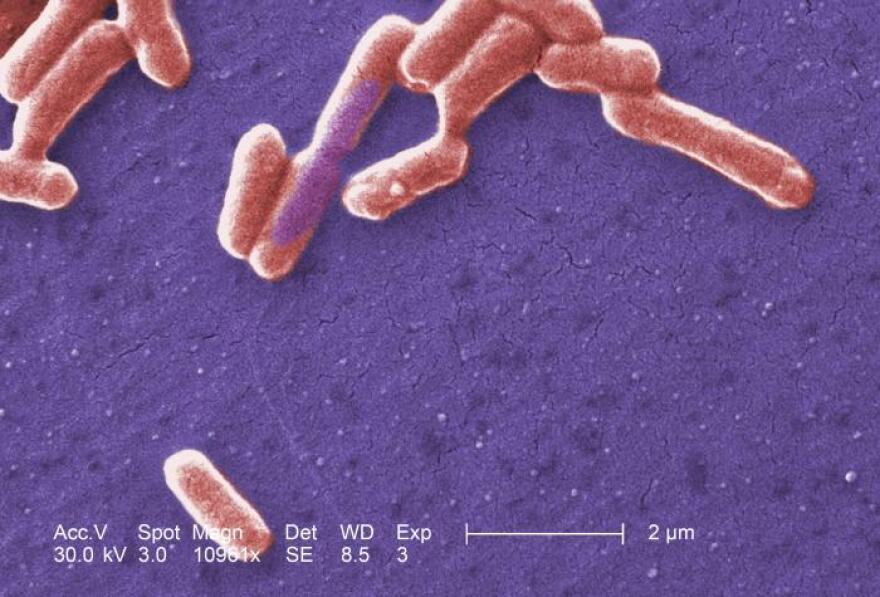Hamilton Pool, Stillhouse Hollow, and Bull Creek near Loop 360 have all tested for levels of Escherichia coli (E. coli) bacteria that exceeded both state and federal standards, according to an analysis of government data by Environment Texas. Some strains of E. coli can make adults sick and cause kidney failure among young children and the elderly.
The Environment Texas report released today – What Else is Swimming in Your Favorite Texas Swimming Hole? – used data from the City of Austin, the Lower Colorado River Authority and other official sources to draw these conclusions:
- Hamilton Pool exceeded federal standards for E. coli in 8 percent of water quality tests since January 2010.
- Stillhouse Hollow exceeded federal and Texas standards in 19 percent of samples since 2010.
- Bull Creek District Park near Loop 360 exceeded Texas standards in 35 percent of tests and federal Standards in 47 percent of tests between 2010 and 2011.
Texas sets lower minimum levels of E. coli contamination than the federal Environmental Protection Agency (EPA), so some tests may meet state requirements while failing EPA standards. The EPA water quality standard is 235 colony forming units per 100 milliliters, while the Texas Commission on Environmental Quality sets the limit at 394 units.
“I think people should be very concerned,” Environment Texas director Luke Metzger said. “At some of the most popular [swimming holes], have bacteria in them that, if you’d been swimming on those days, you might have gotten sick.”
“I think even more disturbing is how in the dark we are. We just don’t know how bad the problem is because we’re just not testing these waters frequently enough,” he said.
Half of the swimming holes analyzed in the report were tested fewer than ten times over the past two years.
But most of the bodies of water examined in the study showed non-worrisome levels of E. coli in government tests. Lady Bird Lake, Lake Austin, Barton Springs, Cypress Bend Park, Blue Hole Campground, Hunt Crossing, Colorado Bend State Park, Jacob’s Well were among those tested low for E. coli.
Furthermore, county officials test Hamilton Pool for bacteria after it rains and provide a phone line for swimmers to call. As of right now, the pool is not open for swimming and may not be until Saturday.
The City of Austin has been well aware of the problems at Bull Creek District Park. As we reported in January, officials deemed dogs a source of E. coli contamination about two years ago, and shut down the park for six months. Dogs must now be on a leash when owners bring them to the park.


